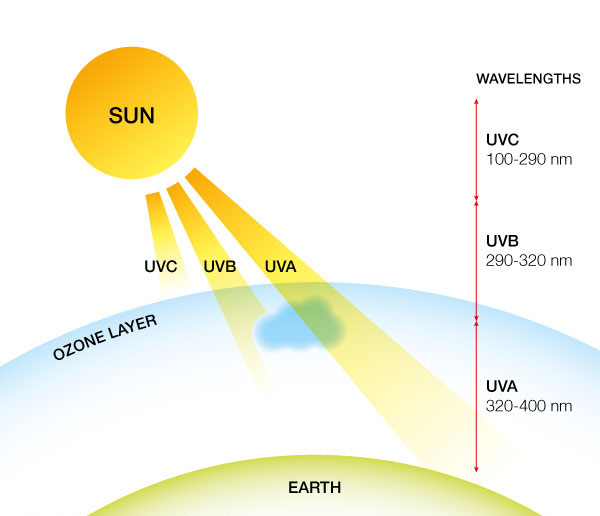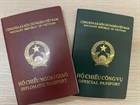Provisions on the Collection and Verification of Radiation Materials in Hydrological Work
On October 30, 2013, the Ministry of Natural Resources and Environment issued Circular 12/2013/TT-BXD stipulating the economic-technical norms for meteorological and hydrological data work.

Regulations on the collection and verification of radiation data in hydrometeorology (Illustrative image)
Article 21 of the Regulations on Economic and Technical Norms for Hydrometeorology issued together with Circular 39/2013/TT-BTNMT stipulates the collection and verification of radiation data in hydrometeorological data work as follows:
Regarding data collection:
* Preparation work:
- Review the assigned tasks of the station network managed by the regional meteorological stations, including: Items (measurement factors), equipment, machinery of each station as a basis for cross-checking with the data sent by the stations;
- Arrange labor to receive data, remind the stations to submit data on time according to the current regulations.
* Data collection:
- Submission procedures:
- For data received directly: The data submission statistics with the confirmation of the regional hydrometeorological station. Compile data submission statistics and create a handover record according to the Hydrometeorological Data Archiving Regulations.- For data sent by mail: Identify the postmark from the post office that sent the data; inventory the data and cross-check with the statistics provided by the regional hydrometeorological station. If discrepancies are discovered, promptly notify the station for immediate supplementation; confirm the data receipt document and send it back to the sending unit.
- Legal check: Opinions and signatures of the director of the regional hydrometeorological station (with seal).
- Volume check of data: Based on the assigned task regarding items (measurement factors), check the monthly report against the amount of data, determine the cause of any shortages.
Regarding data verification:
- Inspect the physical condition of the data;- Check the adherence to procedures and regulations;- Examine original logs;- Inspect diagrams;- Check reports;- Verify the arithmetic of diagrams;- Inspect calculation steps of each factor in SKT-12 number;- Check correlation values from pre-calculated tables;- Verify the consistency between weather phenomena and recorded data;- Cross-check original logs with reports;- Inspect the correlation between total radiation and scattered radiation;- Check calculation steps in reports.
Regarding assessment, classification of data quality, and data transfer:
* Quality assessment: After review, grade the quality of the documents. Combine with other operational aspects (facilities, measuring equipment, implementation of procedures and regulations) to evaluate the basic investigation quality for each station and for the entire station network.
* Report results: Report the basic investigation quality results of each regional station to the National Hydrometeorological Center and send to related agencies and units.
* Data transfer: After review and quality assessment of basic investigation, all data are sent to the Hydrometeorological Data Center for archiving and exploitation according to current regulations.
For more details, see Circular 39/2013/TT-BTNMT, effective from December 15, 2013.
Le Vy
- Responsibilities of officials of the Ministry of Finance of Vietnam when they are issued Official Passports from November 19, 2024
- 06 solutions to enhance the effectiveness of social policy credit in the new phase in Vietnam
- Financial support level for the purchase and repair of transportation vehicles for the Economic - National Defense Corps in Vietnam from December 30, 2024
- Financial support levels for purchasing and repairing of medical equipment for the Economic - National Defense Corps in Vietnam from December 30, 2024
- Latest regulations on management and use of passports for officials and public employees of the Ministry of Finance of Vietnam
- New regulations on the procedures for veterinary sanitation inspection in Vietnam from January 6, 2025
-

- Responsibilities of officials of the Ministry ...
- 16:00, 23/11/2024
-

- 06 solutions to enhance the effectiveness of social ...
- 15:32, 23/11/2024
-

- Guidelines for registration and organization of ...
- 11:53, 23/11/2024
-

- Contents of audit service quality control in Vietnam
- 11:00, 23/11/2024
-

- Acts in violation of Law on Independent Audit ...
- 10:30, 23/11/2024
 Article table of contents
Article table of contents
